As a designer, Ubisoft's Jason VandenBerghe wants something to assist him in making game design decisions, and he’s found that one of the most important or useful ones is player motivation. Accordingly he has spent a lot of time translating player motivation into game design decisions. Psychology's Big 5 model, known via the acronym "O.C.E.A.N.," refers to five "motivations" for human behavior: Openness, conscientiousness, extroversion, agreeableness, and neuroticism. "Groupings of human motivation" with each describing a "spectrum." The Big 5 are: Openness to experience: High openness is exemplified by Alice from Alice in Wonderland, who is willing to try anything, go down any rabbit hole. On the other end of the spectrum, Samwise Gamgee only ever wanted "to go home". Conscientiousness: Deals with control and impulse regulation. Hermione Granger has high conscientiousness, and at the other end is The Dude from the Big Lebowski. Extroversion: VandenBerghe noted that this is the conflation of two ideas usually separate in the games industry: the desire to both seek out excitement and to be social and seek the company of others. A high end example is Austin Powers, at the low end is Edward Scissorhands. Agreeableness: Reflects how we feel about cooperation and social harmony. High agreeableness is typified by the character of Wash from Firefly. The low end is Snake from Escape from New York. Neuroticism: Reflects a tendency to experience (or not experience) negative emotions. It’s about feeling emotions like anxiety, depression, etc. At the high end we have Woody Allen’s character for whom every insult is personal. Low neuroticism is the figure of Obi Wan Kenobi, who accepts his fate fearlessly. VandenBerghe is interested in figuring out how to translate these motivations into a useful model for making decisions about game design. So he did some qualitative research by testing people against the Big 5 and talking to them about the kinds of games they played. He was searching for an answer to whether or not players play for the same reasons they live – or whether or not they are motivated by the same things inside a game as out. So far, he feels confident in saying that the answer seems to be that they do. "Play turns out the be a great way to satisfy motivations that you can’t fulfill in your ordinary life," said VandenBerghe, giving an example of the low agreeableness person who went online to meet this motivation through griefing. VandenBerghe mapped the Big 5 motivations to other terms that may be more useful or familiar to game designers: "Openness" becomes "Novelty," "Contientiousness" becomes "Challenge," "Extroversion" is the search for "Stimulation," "Agreeableness" is about "Harmony," and "Neuroticism" he translates into "Threat." But VandenBerghe acknowledges this doesn’t immediately help designers make decisions day-to-day, as each of the Big 5 is broken down into six smaller "facets." Looking at the facets of Openness to experience: Facet 1: Imagination – someone high in imagination likes their inner world better than the real world. Facet 2: Artistic Interest – high scorers like beauty and beautiful things. Low scorers like the practical value of a thing. Facet 3: Emotionality – high scorers know how they feel and can tell you all about it. Low scorers don’t have the information about how they feel. Facet 4: Adventurousness – High scorers value surprise, delight. Low: Routine, predictability, the same thing over and over. Favet 5: Intellect - People with a high score like puzzles, mentally solving problems in their head. Low scorers need their problems to be related to people and things "or what’s the point?" Facet 6: Liberalism – high scorers look forward, want to change culture and values. Low scores prefer the past, what has come before, etc. Jason VandenBerghe then plotted his own scores for these facets, and demonstrated the kinds of insights it generates: He loves new things, but also loves regularity (Scoring low on Facet 4) saying that "if you give me a new thing you’d better give it to me on a schedule." VandenBerghe then gave the audience a string of interview examples showing how even some of the things they said indicated their scores, and by inference, their motivations. The first interviewee could not understand "why people argue about fantasy/reality," and his score for "imagination," which VandenBerghe associated with a fantasy/reality preference, was about even. When asked about drama in games, the interviewee responded saying that "It’s not okay if characters cry" in a game – which reflected the interviewee’s low melodrama score. Second interviewee was high scoring in every facet of the "Challenge" motivation. This person, VandenBerghe said, plays one game at a time, and refuses to stop until that game is 100% complete, even if that game is Kingdom Hearts. VandenBerghe went through a number of interviews he had carried out like this, with startling results. He concluded that the only way to turn the Big 5 into a strictly useful tool for design is to use the detailed 30 facets – a rather exhausting and labour intensive job. VandenBerghe wrapped up with some conclusions: first was that "We tend to play for the same reasons we live." Second, we can look at patterns of play and see how well they are covering the motivation spectrum – for instance, a lot of open world or "large games" tend to cover a large range. His third conclusion was that "If you want to reach a large audience, appeal to both ends of each facet". When VandenBerghe used to hear designers say "Players want this!" he never used to have an answer. Now when this is said, he has the answer, replying "That’s true! Half of them want that. And the other half want this!" The Big 5 motivational framework has given him a way to change those discussions from arguments into discussions about appeal and audiences.
GDC 2012: Applying psychology principles to game design
March 9, 2012

Tags:
event-gdc
Subscribe to our newsletter
About JikGuard.com
JikGuard.com, a high-tech security service provider focusing on game protection and anti-cheat, is committed to helping game companies solve the problem of cheats and hacks, and providing deeply integrated encryption protection solutions for games.
Top

The Chinese Room is independent again – here's how it happened
July 22, 2025
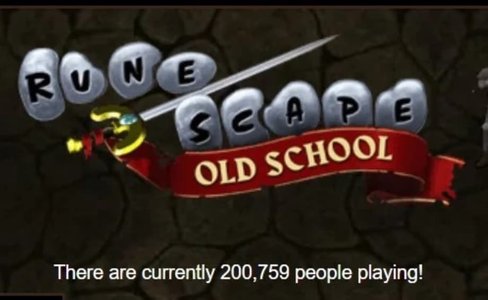
OLD SCHOOL RUNESCAPE Hits Over 200K Players As WOW Players Leave, New Content Arrives This Week
July 22, 2025

Gen.G Crowned 2025 League of Legends Esports World Cup Champions After 3-2 Finals Victory
July 22, 2025
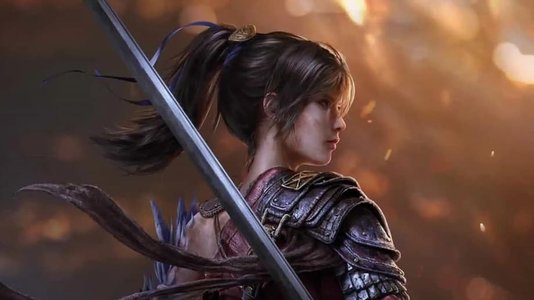
WUCHANG: FALLEN FEATHERS Global Launch Times Revealed, Here Is When You Can Play The Game
July 22, 2025
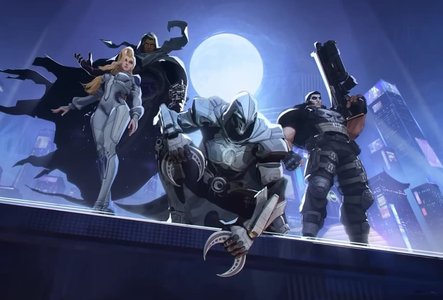
MARVEL RIVALS Sparks New Generation Of Younger Fans, Even Kevin Feige's Son
July 22, 2025
Recent

The Chinese Room is independent again – here's how it happened
July 22, 2025

OLD SCHOOL RUNESCAPE Hits Over 200K Players As WOW Players Leave, New Content Arrives This Week
July 22, 2025

Gen.G Crowned 2025 League of Legends Esports World Cup Champions After 3-2 Finals Victory
July 22, 2025

WUCHANG: FALLEN FEATHERS Global Launch Times Revealed, Here Is When You Can Play The Game
July 22, 2025

MARVEL RIVALS Sparks New Generation Of Younger Fans, Even Kevin Feige's Son
July 22, 2025
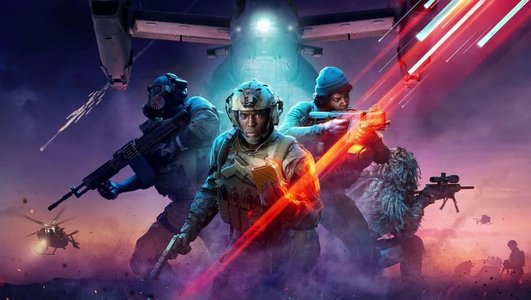
BATTLEFIELD 6 Open Beta Has Been Confirmed, Here Is What We Know About It So Far
July 22, 2025

Stop Killing Games Petition Hits 1.4 Million Signatures Ahead of Deadline
July 22, 2025

FANTASTIC FOUR Skins Arrive In FORTNITE On July 25th Alongside MCU Movie Release
July 22, 2025

"Nothing is written in stone." Ubisoft head responds to Stop Killing Games petition
July 21, 2025
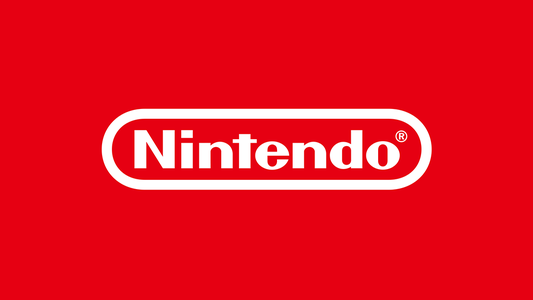
Nintendo records reveal that staff numbers are up – and employees rarely leave
July 21, 2025
Blog

VMOS Open-Source: New Threat to Game Security
July 18, 2025

How Games Detect Black and Gray Studio
July 15, 2025

How Games Detect iOS Jailbreaks
July 11, 2025

FPS Game Anti-Cheat Solution
July 9, 2025

Black and Gray Industry Insights: HappyMod
July 7, 2025

Online Game Anti-Cheat Solution
July 4, 2025

iOS Code Encryption Solutions
June 26, 2025

Casual Game Security Risks Analysis and Solutions
June 25, 2025

Unity Resources Randomization Encryption Solution
June 19, 2025

Speed Hack Mechanism Analysis and Countermeasures
June 18, 2025
Random

WUCHANG: FALLEN FEATHERS Global Launch Times Revealed, Here Is When You Can Play The Game
July 22, 2025
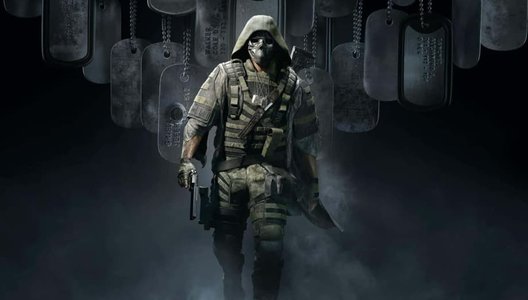
Ubisoft Confirms New First-Person GHOST RECON In Development, Game Is Set During the Naiman War
July 19, 2025

This HP EliteBook I tested is one of the most versatile work laptops of 2025 - and it's on sale
July 19, 2025

DEVIL MAY CRY Producer Teases New Action RPG, Full Reveal Coming By The End Of 2025
July 19, 2025
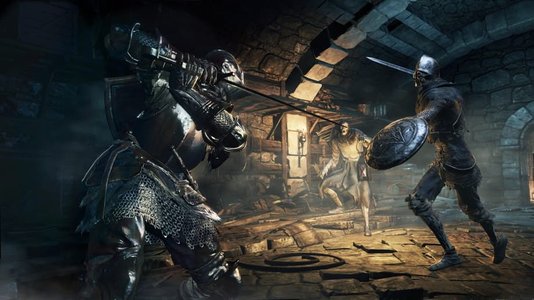
FromSoftware’s Leaked Secret Project FMC Could Launch 2026, Rumored To Be Armored Core Or Dark Souls Related
July 19, 2025

This $269 Chromebook couldn't be more portable - here's why it's my pick for students
July 19, 2025

Gen.G Crowned 2025 League of Legends Esports World Cup Champions After 3-2 Finals Victory
July 22, 2025

This split keyboard offers deep customization - if you're willing to go all in
July 19, 2025

Microsoft abruptly stops selling and renting movies and TV shows on Xbox and Windows devices
July 21, 2025

Mistral's chatbot Le Chat takes on ChatGPT with major upgrade
July 19, 2025
Most Views
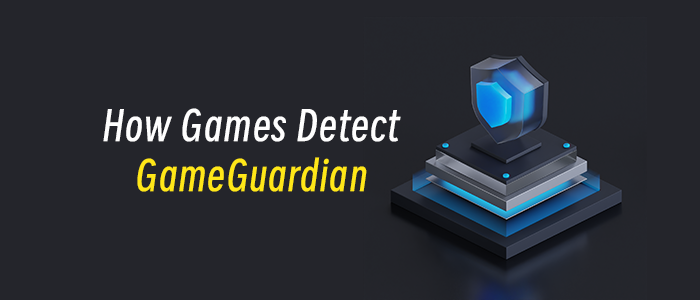
How Games Detect GameGuardian
March 17, 2025

Explanation of Game Anti-Cheat Solutions
March 17, 2025

Cheat Engine Modifier Detection Solutions
March 18, 2025

Explanation of Unity Engine Encryption Solutions
March 17, 2025

How to Anti Hack in Client-Side Games
May 21, 2025

Cocos Engine Encryption Solution
April 8, 2025

How Games Anti-Debugging
April 15, 2025

Cloud Phone Detection Solution for Gaming
May 21, 2025

How Games Detect Frida
March 25, 2025

How Games Detect PlayCover
March 26, 2025


